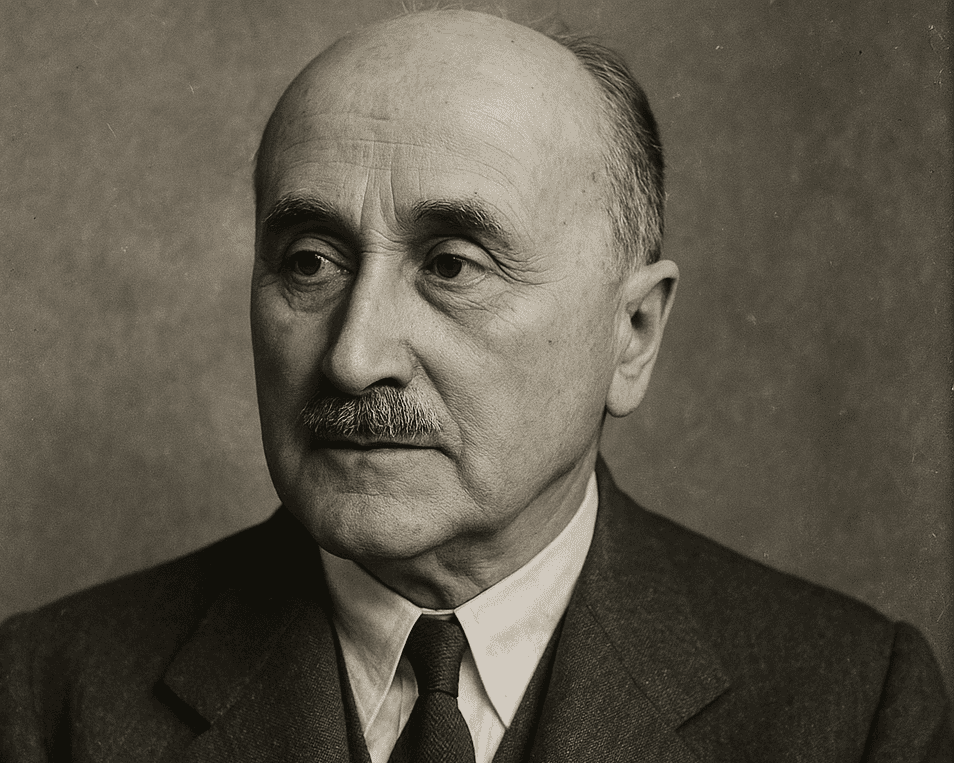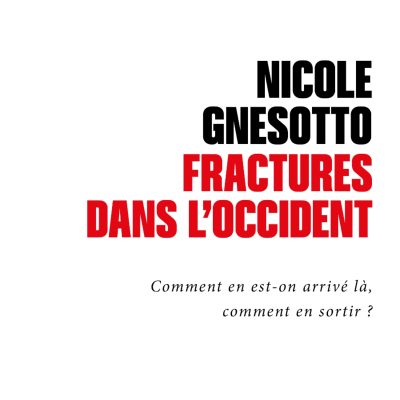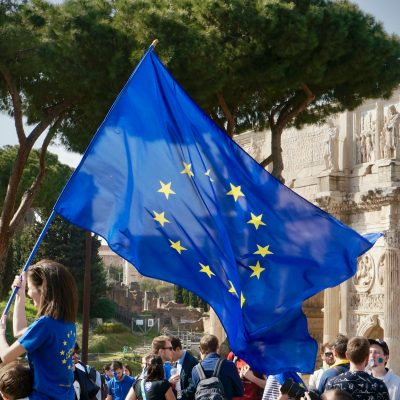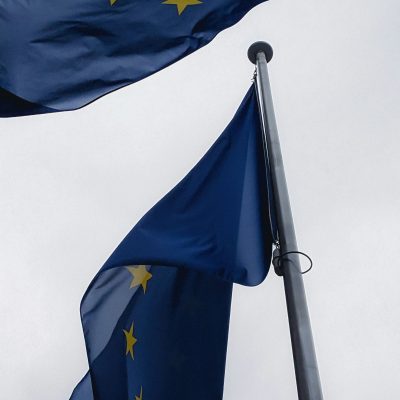[FR] 20 years of action by the Jean Monnet Committee (1955-1975)
While historical research is not part of Notre Europe’s remit, we felt that this return to the origins of the European project was useful at a time when a major democratic debate on the future of the Union is about to begin. In an age when the ambiguous concept of pragmatism too often takes the place of political vision, revisiting the original spirit of the European adventure in order to rekindle its ambition is far from pointless.

PRESENTATION BY JACQUES DELORS
Firstly, I would like to thank Max Kohnstamm, who came up with the idea for this publication, and Professor Rieben, Director of the Jean Monnet Foundation, who made it possible.
Although historical research is not part of Notre Europe’s remit, we felt that this return to the origins of the European project was useful at a time when a major democratic debate on the future of the Union is about to begin. In an age when the ambiguous concept of pragmatism too often takes the place of political vision, revisiting the original spirit of the European adventure in order to revive its ambition is far from pointless.
All the more so as the visit is well worth the detour and challenges preconceived ideas about the ‘Monnet method’, such as the circumvention of politics by economics or the theory of interlocking gears. Reading these pages, it is clear that the European project is inextricably linked to economic and social issues and is part of an ambitious geopolitical vision, dimensions that shed light on a pragmatism that is not satisfied with itself. Through its very composition and its positions, the Committee reveals a genuine obsession with reconciling the economic and social dimensions of the political Europe that is taking shape. In the now outdated context of the Cold War, it developed a vision of transatlantic partnership that was free of naivety: the aim was not to integrate the nascent Europe into a bloc dominated by the United States, but to bring Europe up to the level of the United States (another obsession) in order to make a balanced partnership possible. It is in this perspective that the specific responsibility of Europe towards developing countries and the need to integrate the United Kingdom, even at the cost of a variable geometry distinguishing between a free trade area and a common market with a social dimension, are continually reiterated.
The Committee anticipated many of the current developments in the Union, in particular economic and monetary union (and social union, to be more accurate). But it always did so in the light of what makes the European project so unique: trust, in all areas, in a supranational executive and an independent Court of Justice. Although determined, the primacy of what will be called the “Community method” is not rigid, as demonstrated by the hypothesis of a two-speed Europe allowing British integration and the efforts to understand the successive “Fouchet Plans”.
One last word remains to be said about the Committee itself, based on Pascaline Winand’s insightful presentation. The formula for such a pressure group, far from being limited to circles of experts, would probably no longer be practicable today, when we prefer to talk about civil society in a different configuration. What remains more relevant today is the extraordinary determination that characterised the Committee’s 20 years of work, which spontaneously brings to mind a sporting reference: throughout those years, the Committee really did “mark closely” the transition from the ECSC to the EEC and the latter’s first steps. This miraculous combination of clarity and simplicity in its political vision and its stubbornness in constantly reminding the “decision-makers” of its views sends out a message that is highly relevant today: while the European adventure is the most exciting political project ever proposed to us, it is a difficult path that requires its supporters to be ambitious and modest, forward-looking and stubborn in their daily efforts.




